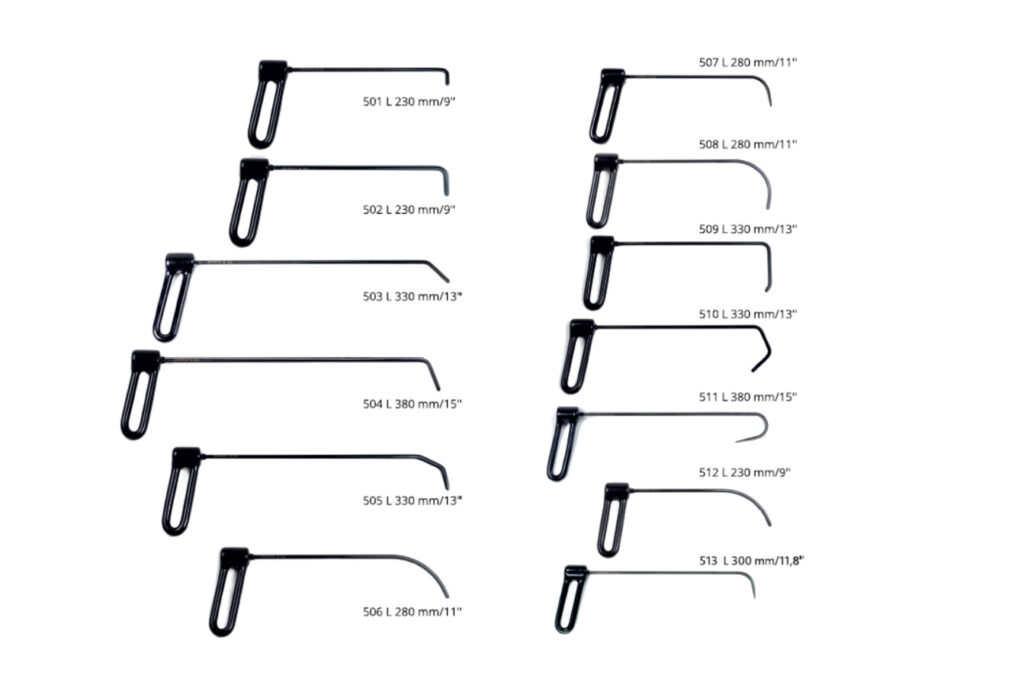Winter is a serious test for any car. A decrease in temperature, heavy precipitation and ice on the roads can significantly worsen its performance characteristics. Therefore, every driver should take care of preparing the car for the winter period.
Rubber replacement: when and why
The first and perhaps the most important thing to take care of is winter tires. Many drivers do not attach due importance to this, but it is the quality of the tires that determines your safety on the road. Summer tires become stiff at low temperatures and lose their grip properties, which can lead to skidding and accidents.
- It is recommended to change tires when the average air temperature drops below +7 degrees.
- Do not skimp on the quality of the rubber: the better the tires, the safer your driving.
- Check the tread depth. On winter tires, it should be at least 4 mm in order to ensure good traction.
Proper tire preparation will allow you to avoid problems on a slippery road and give you confidence in any situation.

Checking the battery and startup systems
In winter, the car’s engine runs in more difficult conditions, and if the battery is out of order, there may be problems starting the car. The battery is especially vulnerable to frost, and it is in the cold season that it can unexpectedly run out.
What needs to be done:
- Check the battery charge level. If it is weak, consider replacing or recharging it.
- Clean the terminals from oxidation — this will improve the contact and increase the efficiency of the battery.
- Make sure that the generator is working properly and charging the battery.
It is also important to check the starter and spark plugs, as they also play an important role in starting a car in winter. Their replacement can significantly improve the performance of the car at low temperatures.

Corrosion protection of the body
Winter is the season when roads are actively sprinkled with salt and other chemicals. These substances contribute to metal corrosion, especially if there are already minor damages on the body. Therefore, it is worth taking care of the protection of the body in advance.
- Check the car for chips and scratches, eliminate them using body repair tools, for example, cold glue dent puller. This will help you avoid further spreading of rust.
- Treat the car with an anti-corrosion agent. You can do this yourself or contact the service.
- Wash your car regularly, especially if you often drive on treated roads.
Such simple actions will help you maintain the appearance of the car and prevent serious problems with the body in the future.
Preparing the car interior for winter
Many drivers forget that winter affects not only the technical characteristics of the car, but also the comfort inside the cabin. A few things to take care of before the onset of frost:
- Thermal mats. Ordinary rubber mats will not be able to protect the interior from snow and water, which you will bring with you. Thermal mats will help to avoid the appearance of moisture in the cabin.
- Heated seats. If your car does not have regular heated seats, you can install special heated pads.
- Check the heater. Make sure that the car’s stove is working properly so that you do not freeze on the road in frosts.
These simple measures will provide you with comfort and coziness in the car even on the coldest winter days. Do not forget also that it is always useful to have on hand tools for minor repairs, such as Carepoint dent repair tools or cold glue dent puller.
Tools for minor repairs
In winter, various unforeseen situations can happen on the road, such as small dents or breakdowns. Therefore, it is important to always have a minimum set of repair tools with you. You can purchase pdr tool sets — these are excellent kits that include everything you need to quickly repair minor damage. It is also worth paying attention to pdr tool carts — special trolleys for storing and convenient movement of tools.
- Among other useful tools that are worth taking with you in winter:
- Jack and spare tire — roads often cause tire punctures in winter.
- Cigarette lighter cables — if your battery suddenly runs out, you can quickly start the car.
- A shovel and a tow rope — in case you get stuck in the snow.
Winter is a difficult time for drivers and cars, so it is important to prepare your car in advance for frosts and snowfalls. Proper rubber replacement, battery check, body corrosion protection and interior equipment for comfortable driving will help you avoid many unpleasant situations on the road.
